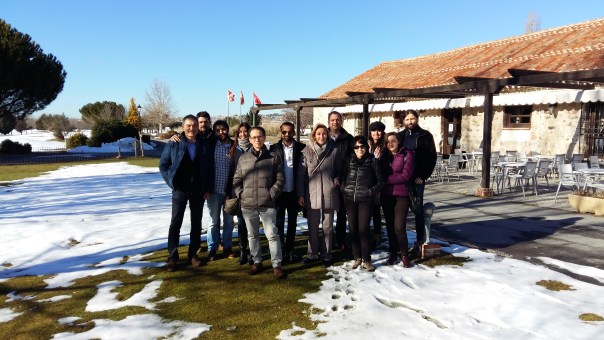As part of the CHT2 project development, two research studies where presented in the Higher Polytechnic School of Avila during July 2017.
The researcher Belén Jimenez Fernández-Palacios defended her PhD thesis, entitled “Planning, Surveying, Modelling and Visualization Techniques in the Field of Cultural Heritage”. Her thesis reports investigation of documentation, modeling and visualization of architectural heritage by means of geotechnologies that try to gather three critical factors: (i) automation of processes; (ii) generation of dense 3D models of high geometric and radiometric quality and (iii) the use of low-cost devices. This international thesis includes one scientific contribution related with the CHT2 project. In particular, a methodology for standardizing hybrid approaches and visualizing heterogeneous datasets through virtual web platforms focused on 4D analysis is analysed and proposed.
Moreover, the masters student Angel Guerra Campo also collaborated with the CHT2 project in his master thesis entitled “Modeling of Architectural Cultural Heritage Through Time by Inverse Engineering”. In particular, he performed an analysis of the current remains of the Alcázar of Ávila together with the available historical documentation to implement a 3D reconstruction of three main temporal intervals: (i) actual state, (ii) its use as barracks (XVIII century), and (iii) the original citadel (XVI-XVII century).


